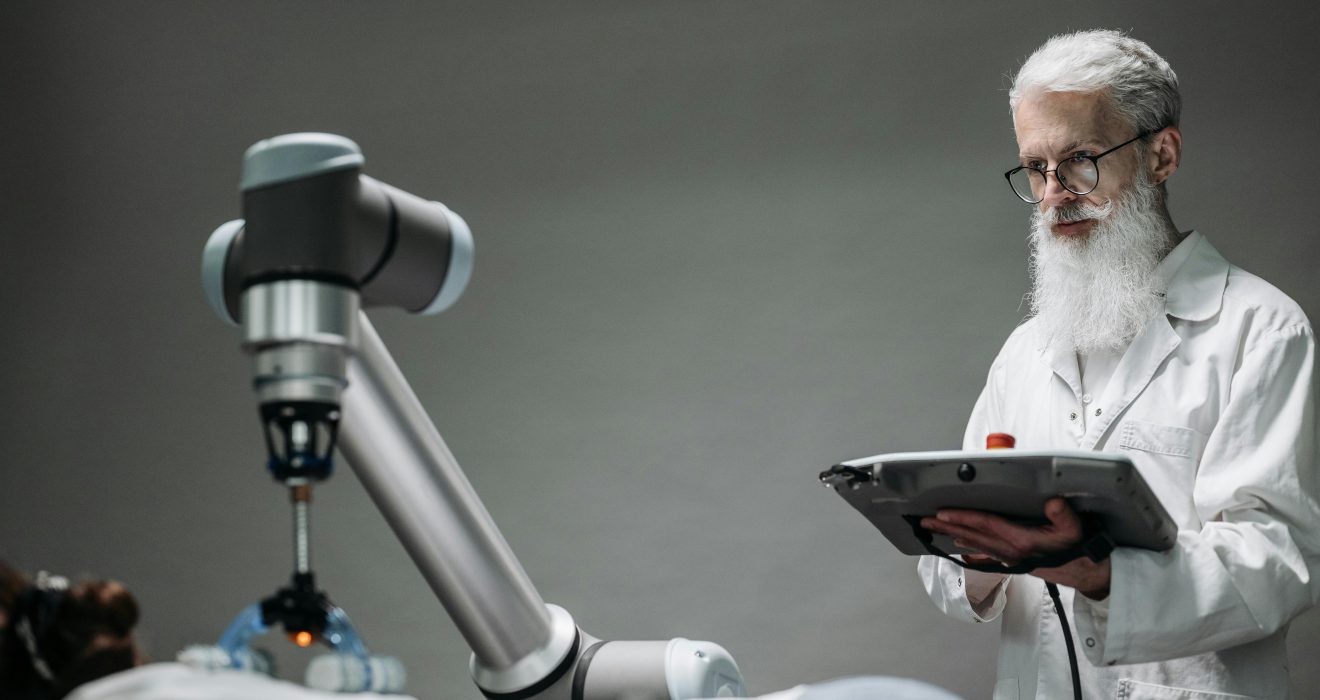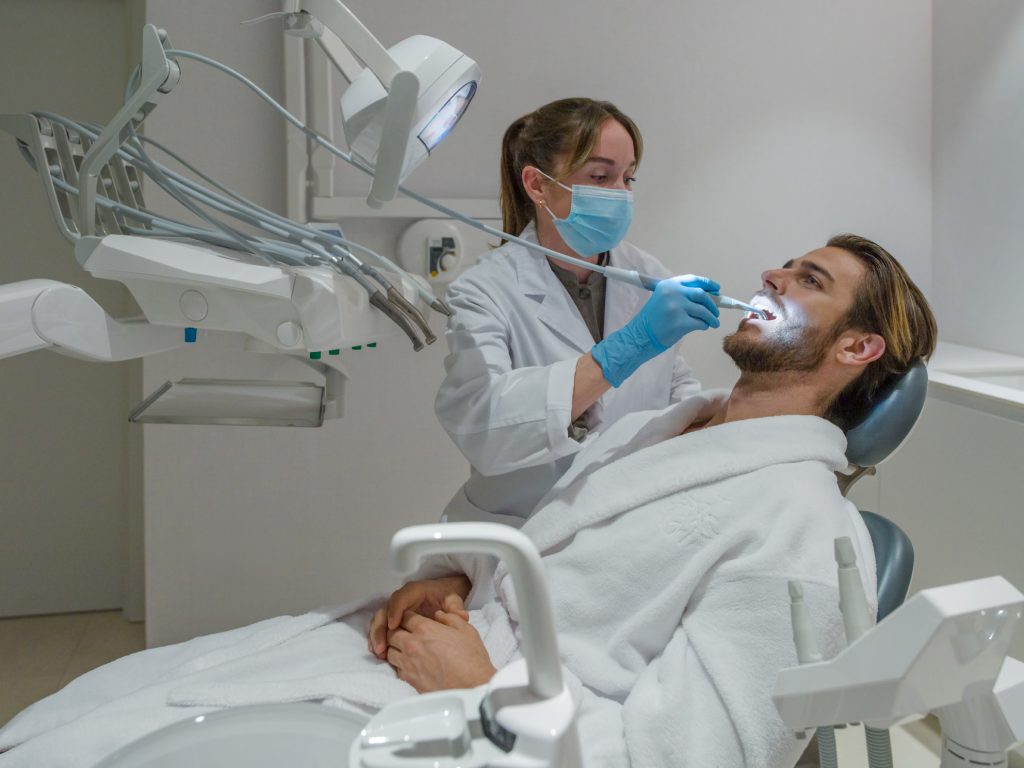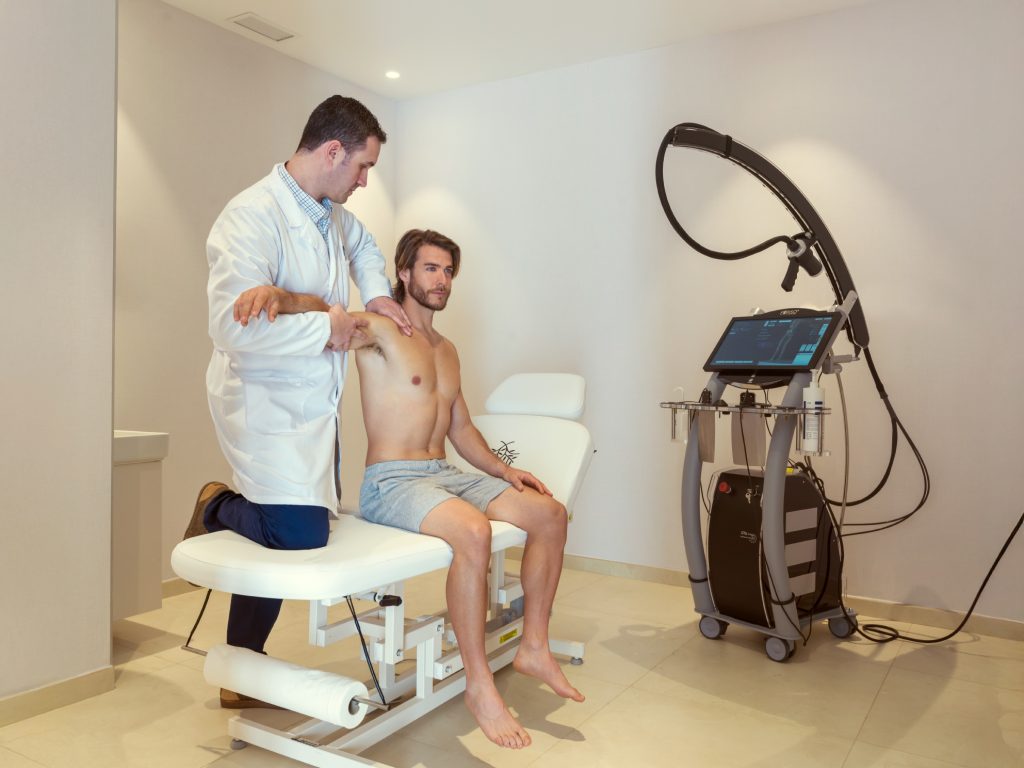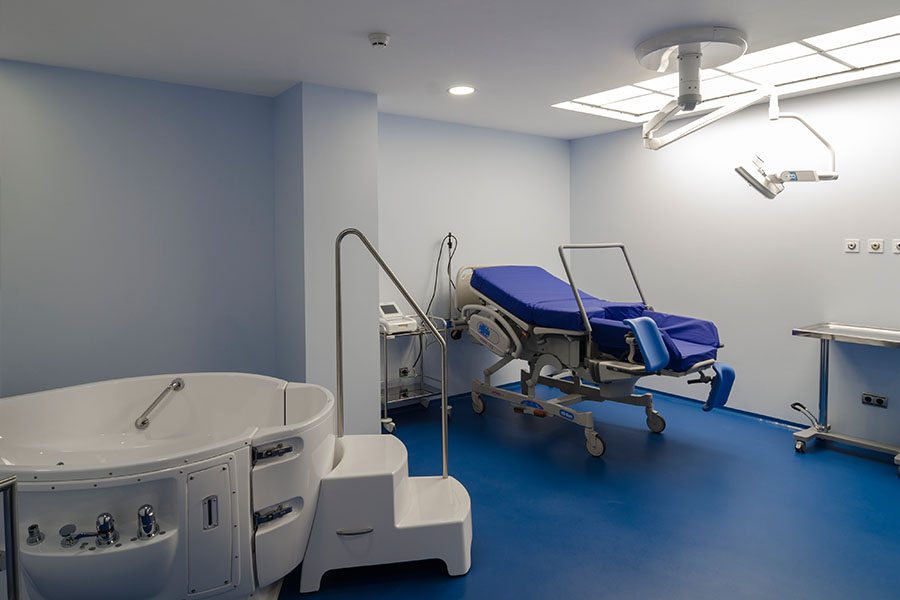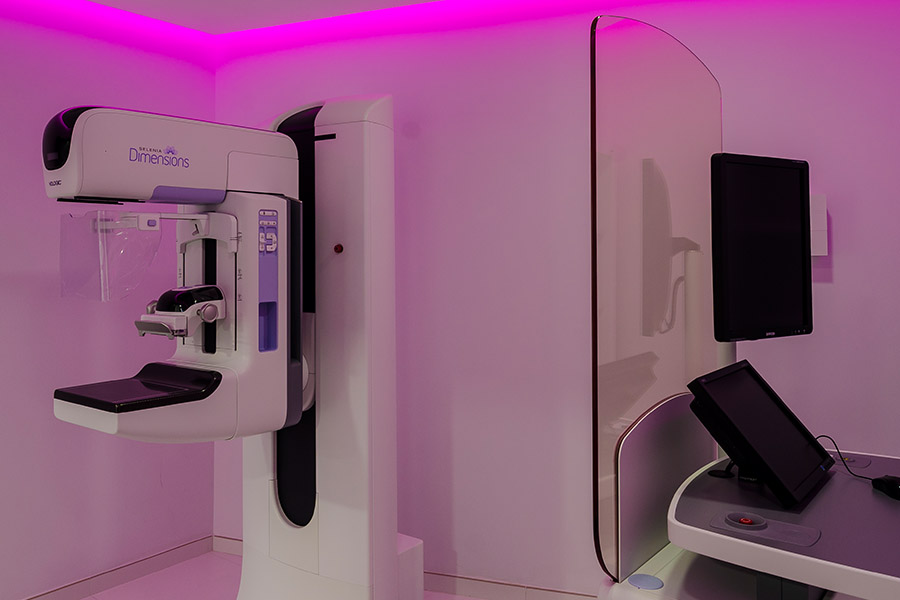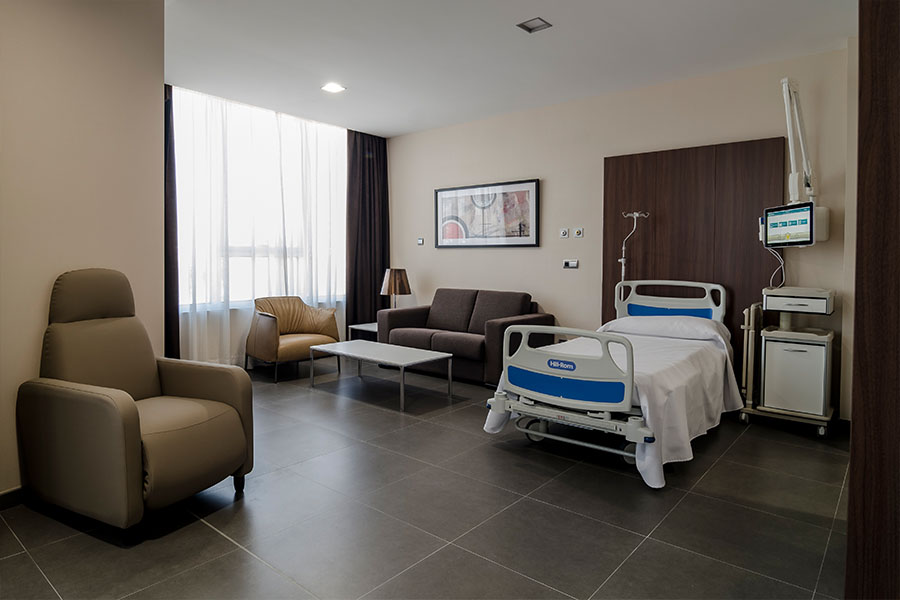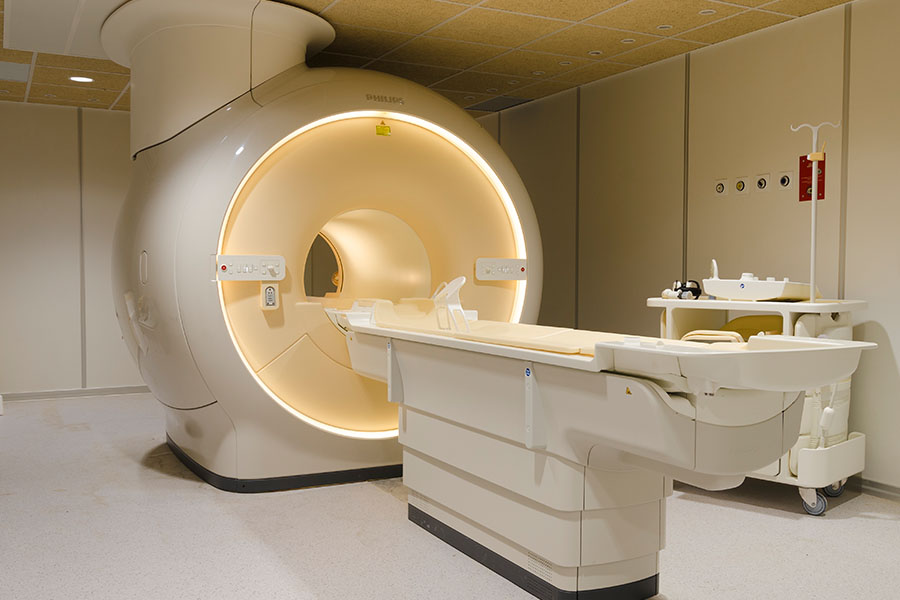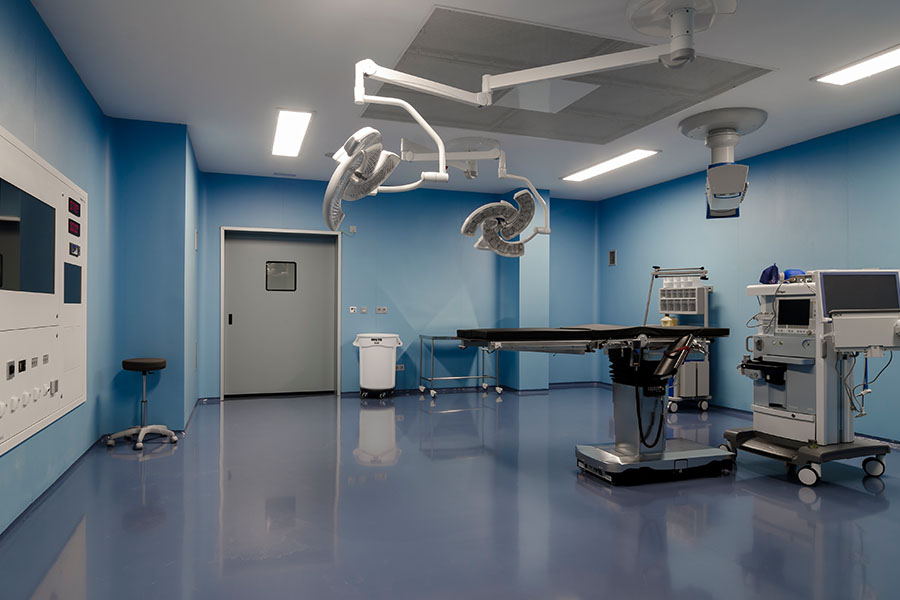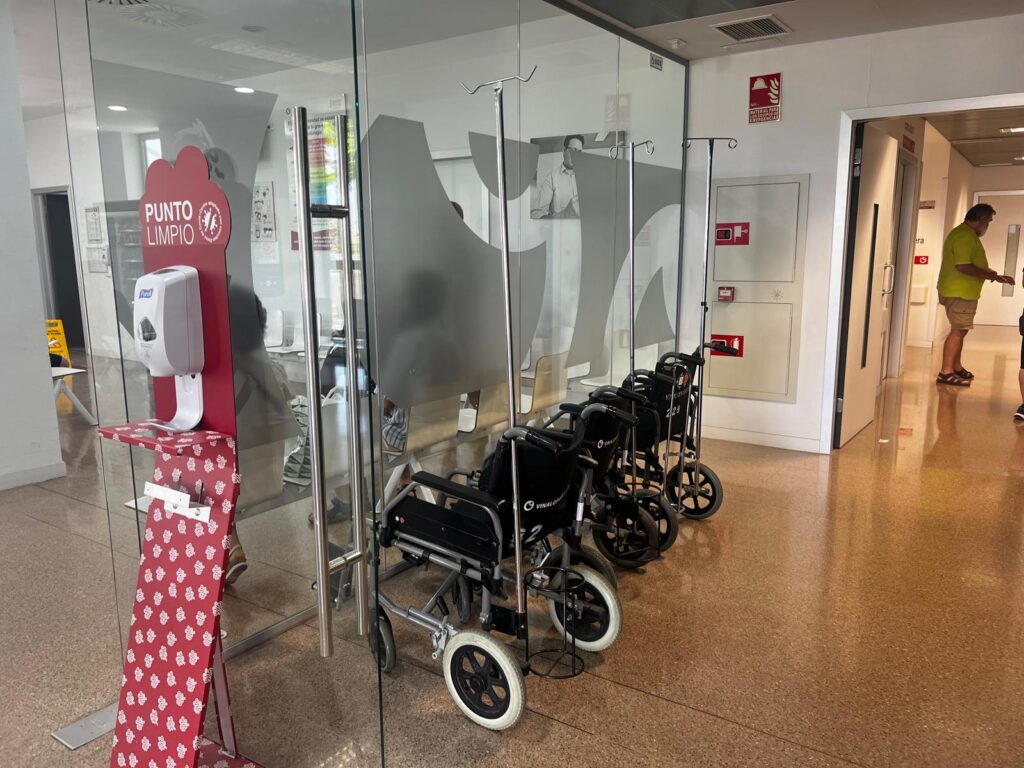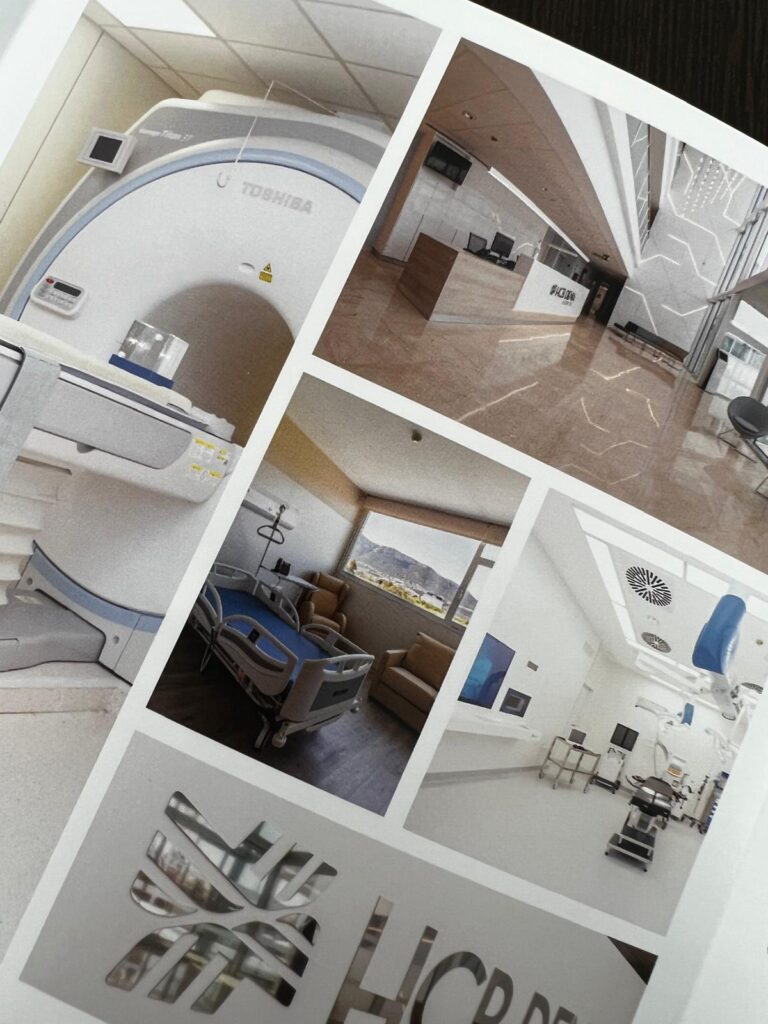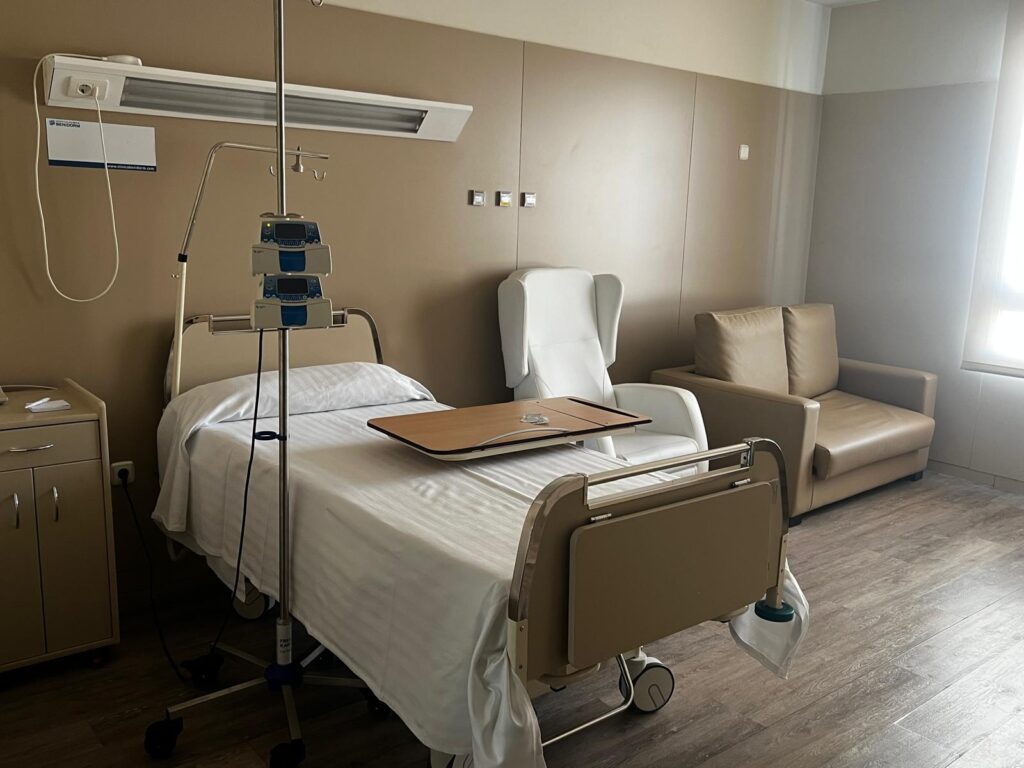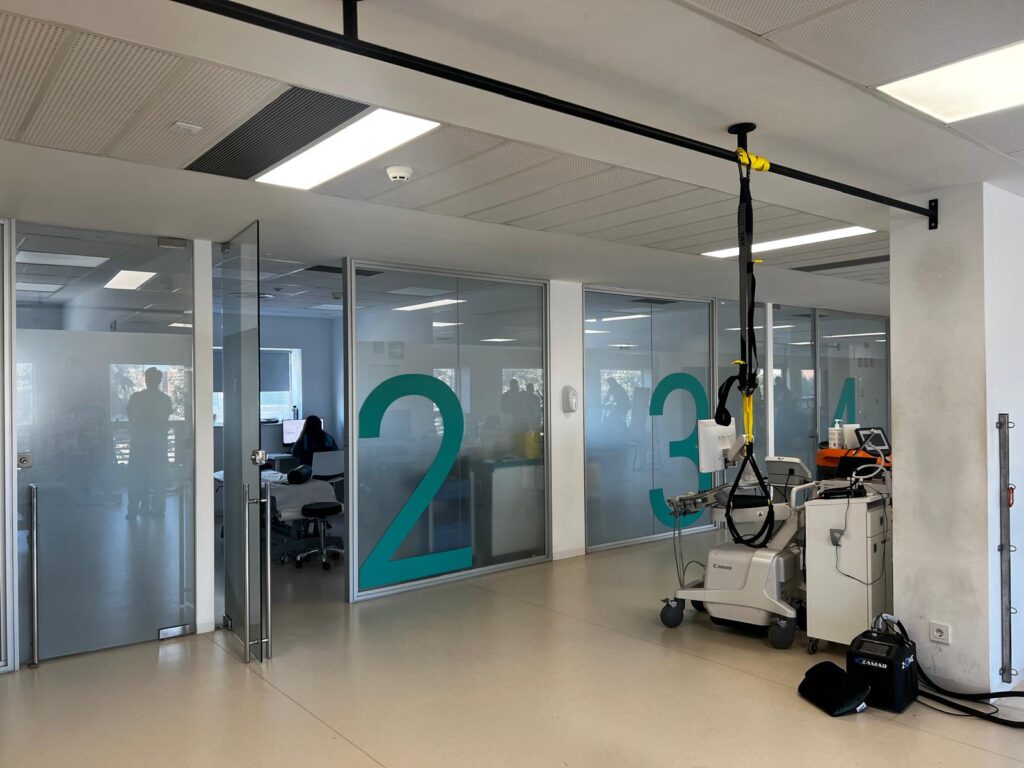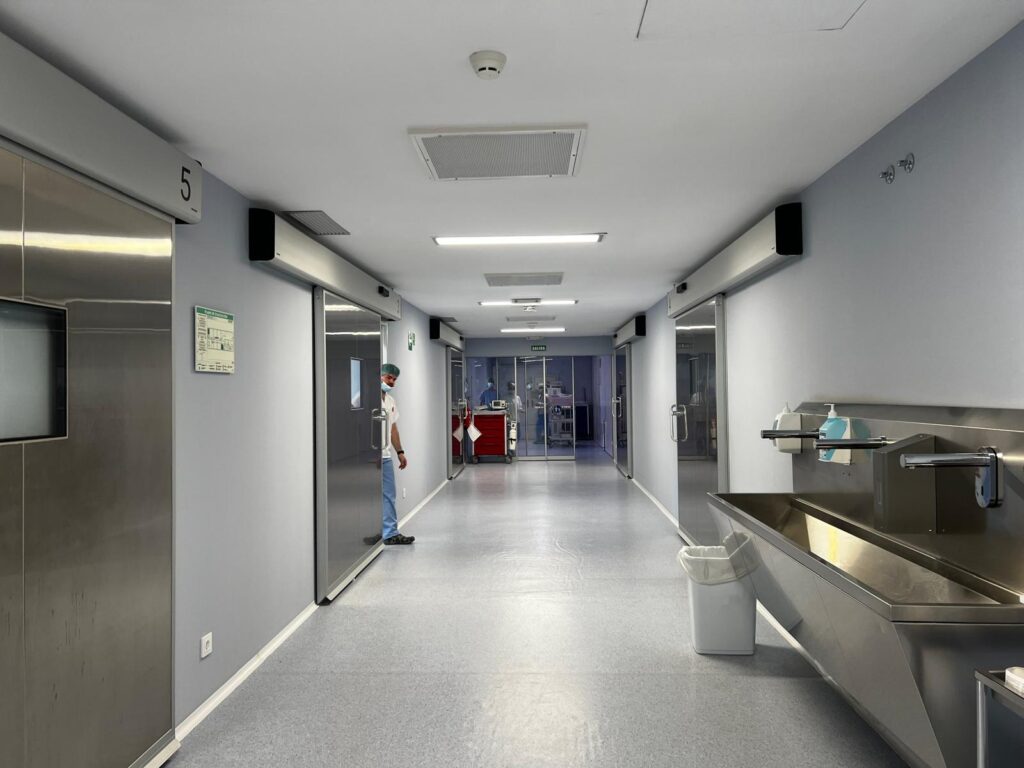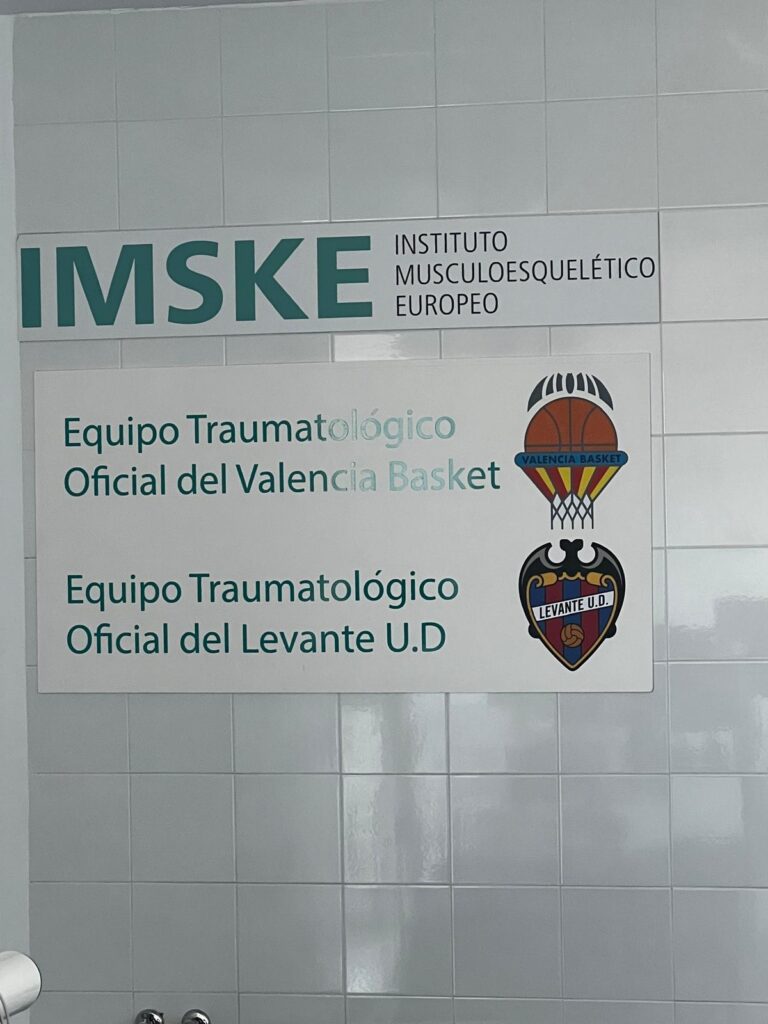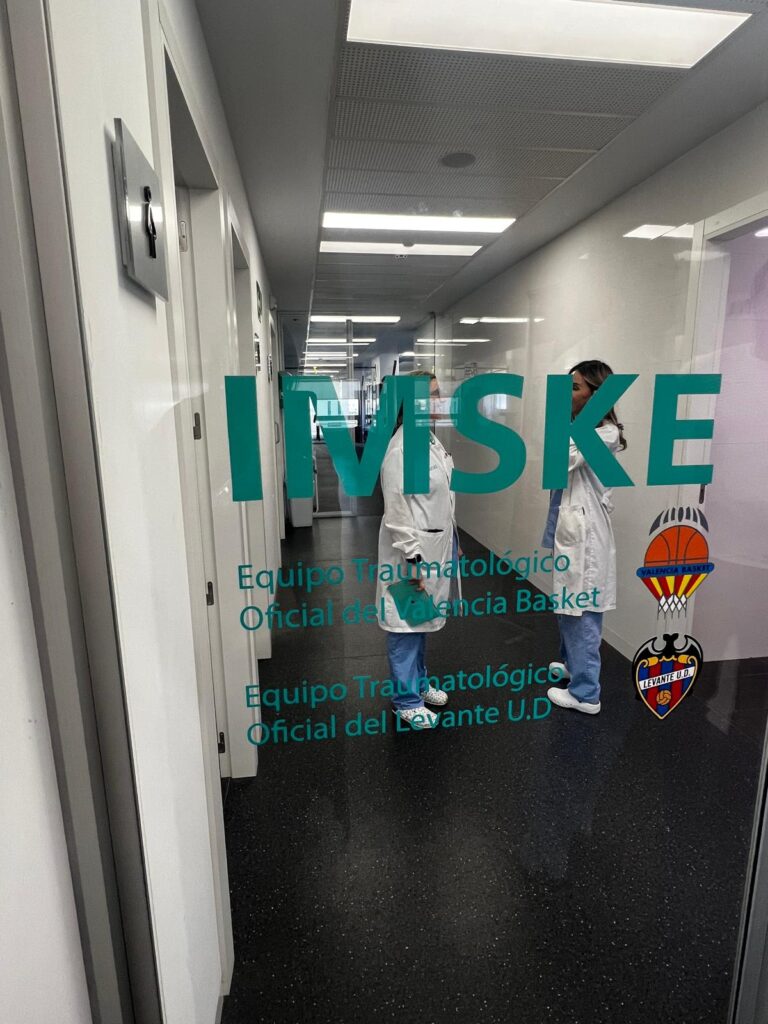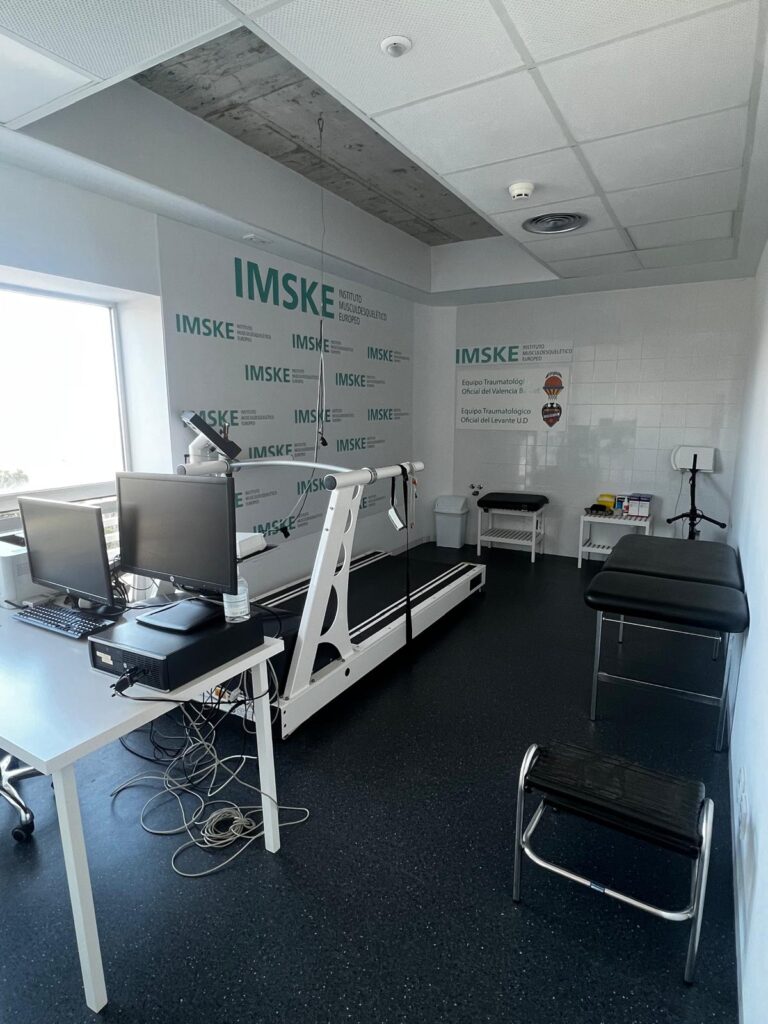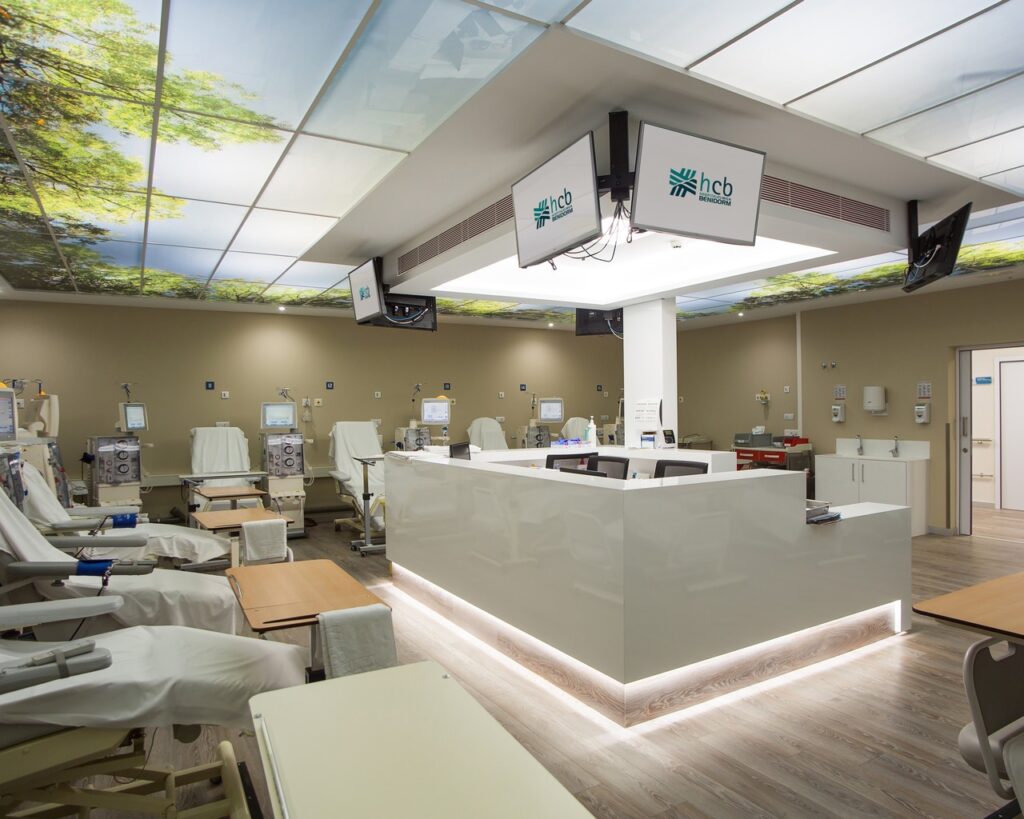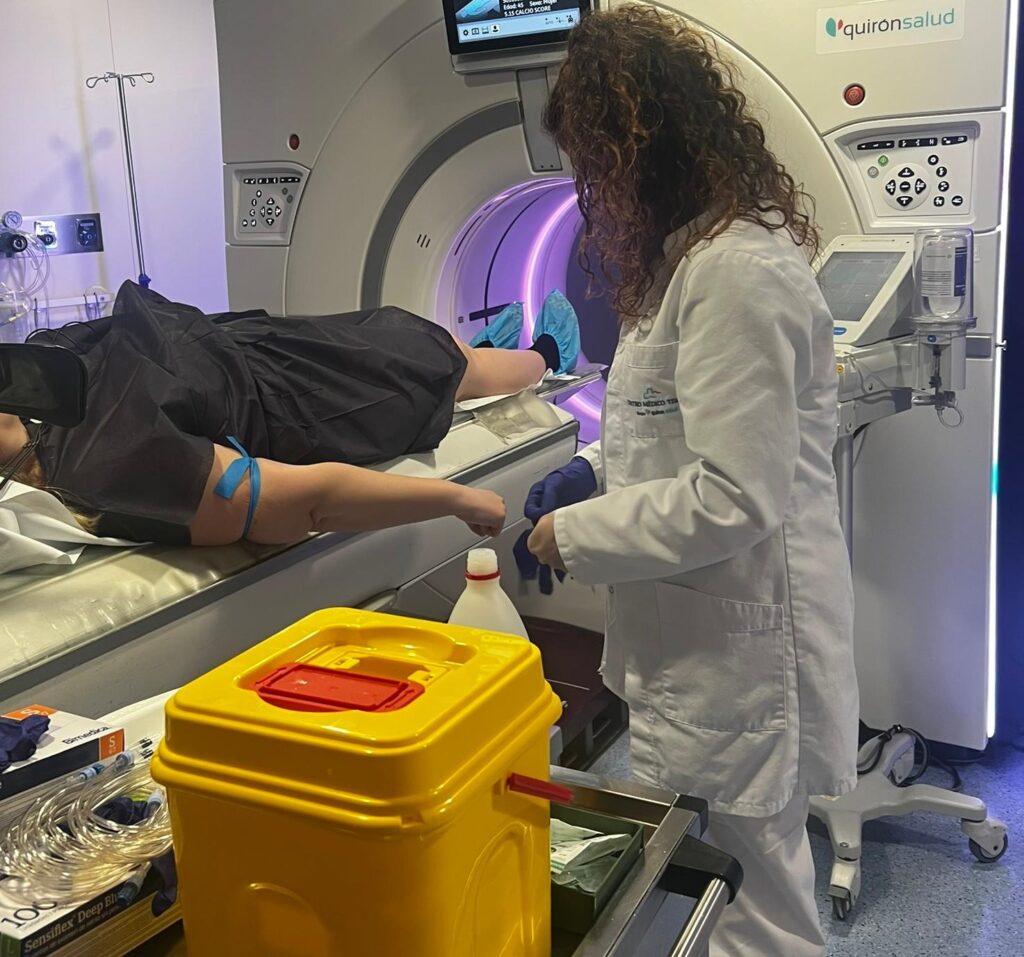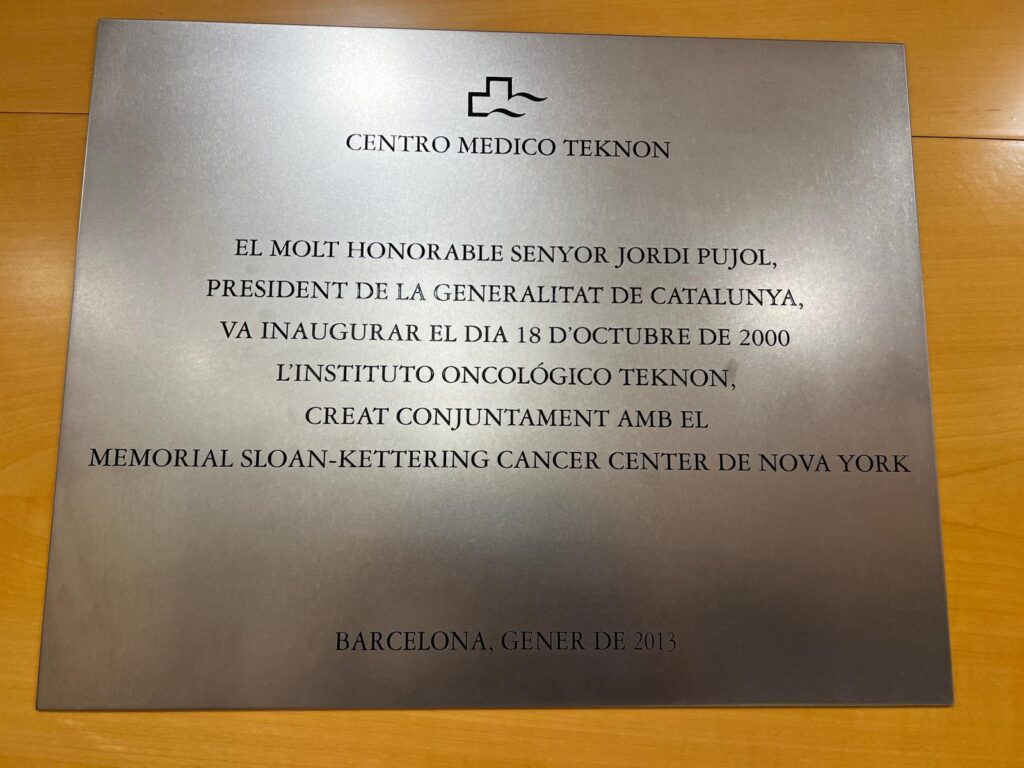The Dawn of Robotic Surgery in Urological Oncology: First Tests in Spain
In a significant advancement for medical technology and patient care, Spain has initiated its first tests of robotic surgery specifically tailored for urological oncology. This innovative approach promises to transform the landscape of urological procedures, offering enhanced precision, reduced recovery times, and better outcomes for patients battling cancers of the urinary system.
A New Era in Surgical Precision
Robotic-assisted surgery has revolutionized various fields of medicine, and urology is no exception. The first tests conducted in Spain utilize advanced robotic systems equipped with high-definition cameras and specialized instruments that allow surgeons to perform complex procedures with remarkable accuracy. This technology not only enhances the surgeon’s capabilities but also minimizes the invasiveness of surgeries, making it a vital tool in the fight against urological cancers.
The Initial Trials
The initial trials of robotic surgery for urological oncology were conducted in leading hospitals across Spain, where experienced urologists collaborated with robotic systems to perform procedures such as prostatectomies and nephrectomies. During these tests, the surgical teams reported several advantages over traditional open surgeries, including:
- Enhanced Visualization
The robotic systems provide unparalleled 3D visualization of the surgical field, enabling surgeons to identify critical structures with clarity. - Precision and Control
The robotic arms allow for finer movements than the human hand, which is crucial when navigating the delicate tissues involved in urological surgeries. - Reduced Blood Loss and Pain
Patients undergoing robotic surgery typically experience less blood loss and reduced postoperative pain, leading to shorter hospital stays and quicker recoveries.
Positive Outcomes and Patient Feedback
Feedback from the first patients who underwent robotic-assisted surgeries has been overwhelmingly positive. Many reported experiencing less pain and faster recovery times compared to traditional surgical methods. Additionally, the minimally invasive nature of the procedures has allowed patients to return to their daily activities much sooner, greatly enhancing their quality of life.
Training and Future Developments
As Spain embraces this cutting-edge technology, there is a commitment to training more surgeons in robotic techniques. Specialized training programs are being established to ensure that urologists across the country can effectively utilize these advanced systems. The long-term goal is to incorporate robotic surgery into standard practice for urological oncology, making it accessible to a broader patient population.
Challenges Ahead
While the initial tests have shown promise, there are challenges that need to be addressed. The cost of robotic systems and the need for ongoing training and maintenance pose significant considerations for healthcare facilities. Additionally, ongoing studies are necessary to evaluate long-term outcomes and establish standardized protocols for robotic-assisted urological surgeries.
Conclusion
The first tests of robotic surgery for urological oncology in Spain mark a pivotal moment in the evolution of surgical care. With its potential to improve patient outcomes and streamline surgical processes, robotic surgery is set to become an integral part of urological oncology. As more hospitals adopt this technology and further training programs are developed, the future looks bright for patients and healthcare professionals alike, heralding a new era of precision medicine in Spain.
